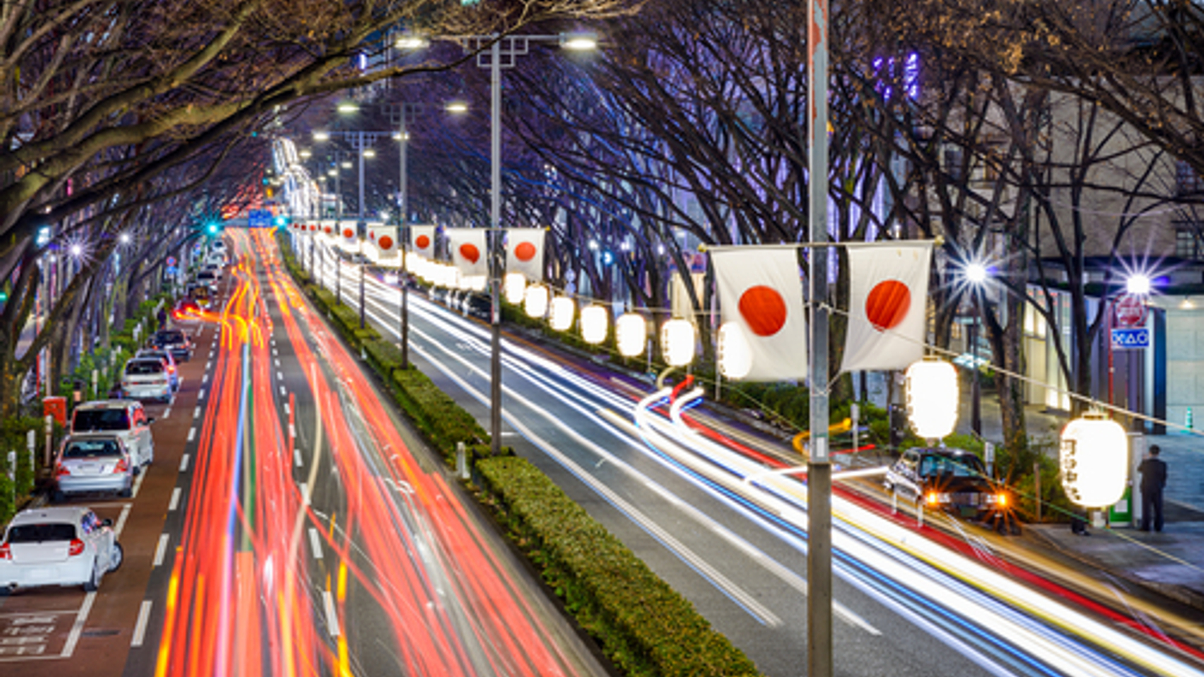Omers may double Asia infra allocation by 2025
The $83 billion Canadian pension fund’s global head of infrastructure says it is looking at investing in new markets in the region, beyond Australia and India.

Ontario Municipal Employees’ Retirement System, one of Canada’s big public pension plans, is considering investing in infrastructure in new markets in Asia and may as much as double its allocation to such assets in the region within five years.
Sign in to read on!
Registered users get 2 free articles in 30 days.
Subscribers have full unlimited access to AsianInvestor
Not signed up? New users get 2 free articles per month, plus a 7-day unlimited free trial.
¬ Haymarket Media Limited. All rights reserved.


